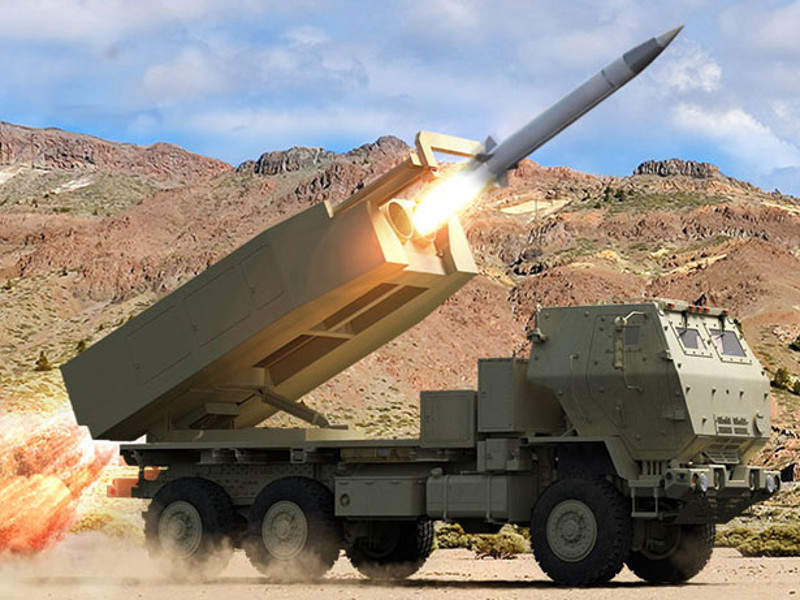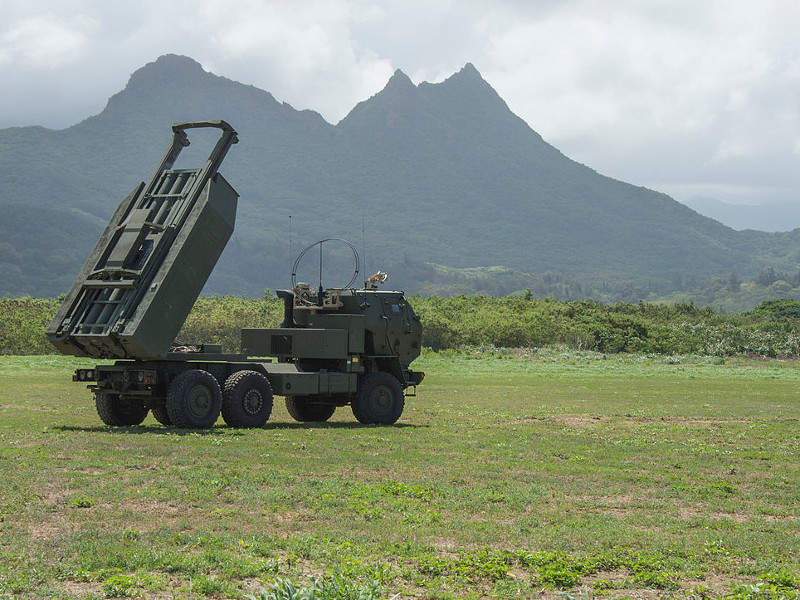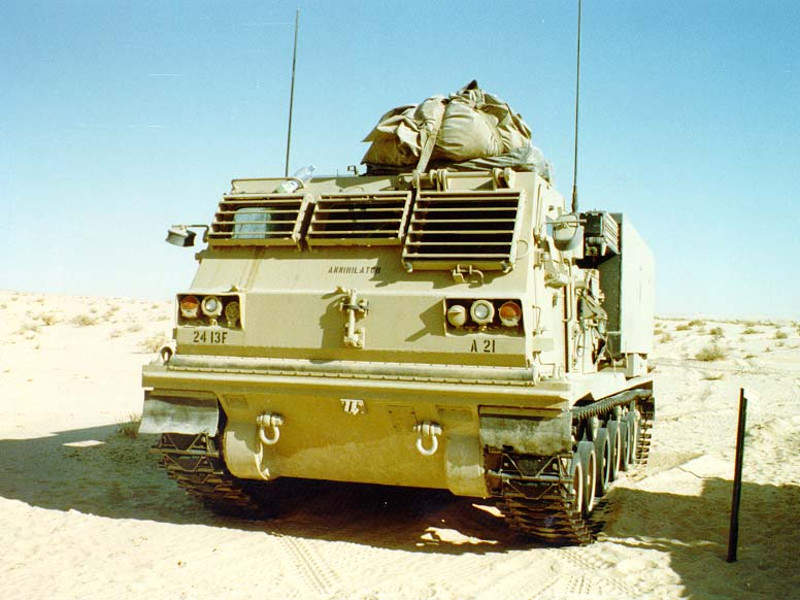DeepStrike was a proposed next-generation, long-range, surface-to-surface precision strike missile (PrSM), which was supposed to be developed by Raytheon Company for the US Army’s PrSM competition. It was intended to replace the Army Tactical Missile System (ATACMS), which is nearing the end of its service life.
Designed to meet the US Army’s Precision Strike Missile requirements, DeepStrike was expected to perform long-range, precise, rapid attacks. The next-generation missile was intended to offer 40% longer range compared to the missile systems currently in service with the US Army. It was anticipated to double the US Army’s firepower, while also cutting costs.
Raytheon integrated its new launch pod missile container into two US Army launchers for the DeepStrike missile in October 2018.
Live fire tests of the missile were scheduled for 2019. Raytheon conducted a static test of the new DeepStrike missile rocket motor in April 2019 and tested the advanced warhead of the missile in May 2019.
Raytheon could not conduct the flight tests of DeepStrike missile for the PrSM programme due to technical issues and exited the PrSM competition. However, its competitor, Lockheed Martin successfully conducted the first flight test of its next-generation PrSM in December 2019.
Lockheed was successful in its third and final flight demonstration test in April 2020 and moved to the next phase of next-generation PrSM development.
Raytheon DeepStrike missile development and design
Raytheon Company was awarded a contract worth $116.4m by the US Army for the development of the long-range DeepStrike missile. The contract was awarded in June 2017 under the technology up-gradation and risk trimming phase of the Long-Range Precision Fires (LRPF) programme.
The new missile features a two-in-the-pod design, which is based on the design principles of SM-3 interceptor missile system and SM-6 anti-air, anti-surface warfare, and sea-based terminal ballistic missile.
The initial phase of development was the technological maturation and risk-reduction phase, involving testing of the missile components for the engineering and manufacturing development (EMD) phase.
Raytheon DeepStrike missile capabilities
The DeepStrike PrSM possessed increased capabilities over its counterparts. It was slim and sleek and was equipped with a more advanced guidance system for neutralising fixed land targets at a maximum distance of 499km.Its range and speed were supposed to enable the army combat units to destroy targets over large geographic areas in high-threat environments.
It was primarily intended to attack stationary ground targets, such as helicopter staging areas and hardened bunkers.
The two-in-the-pod design was intended to increase the rate of firing by two times while reducing the costs incurred by the current single-pod single-launch system by 50%.
The objective range was anticipated at 60km, while the minimum threshold range of the missile was estimated to be 70km. The maximum threshold and objective ranges were expected to be 300km and 499km, respectively.
Launcher details of the long-range missile
The DeepStrike missile was designed to be compatible with two launch systems of the US Army, namely M270 multiple launch rocket system (MLRS) and M142 high-mobility artillery rocket system (HIMARS). M270 MLRS is a self-propelled multiple rocket launcher manufactured by Lockheed Martin for the US Army.
M142 HIMARS light multiple rocket launcher entered service with the US Army in 2005. It carries either a single six-pack of MLRS rockets or an army tactical missile system (ATACMS) missile in standard configuration. The artillery system can launch two DeepStriker missiles from a single weapons pod.
Details of the Army Tactical Missile System (ATACMS)
ATACMS is a long-range, guided missile with a maximum range of 300km. Developed by Lockheed Martin Missiles and Fire Control, ATACMS is the only long-range tactical surface-to-surface missile ever deployed in combat by the US Army.
The system entered service with the US Army in 1991 and was fielded during the Operation Desert Storm.
Guided by global positioning system (GPS), the missile carries a monolithic high explosive warhead. Each missile stowed in an MLRS is fired from the MLRS family of launchers.
The ATACMS Block IA Unitary, an advanced version equipped with upgraded guidance and control system, is currently operational with the US Army and allied armies.




